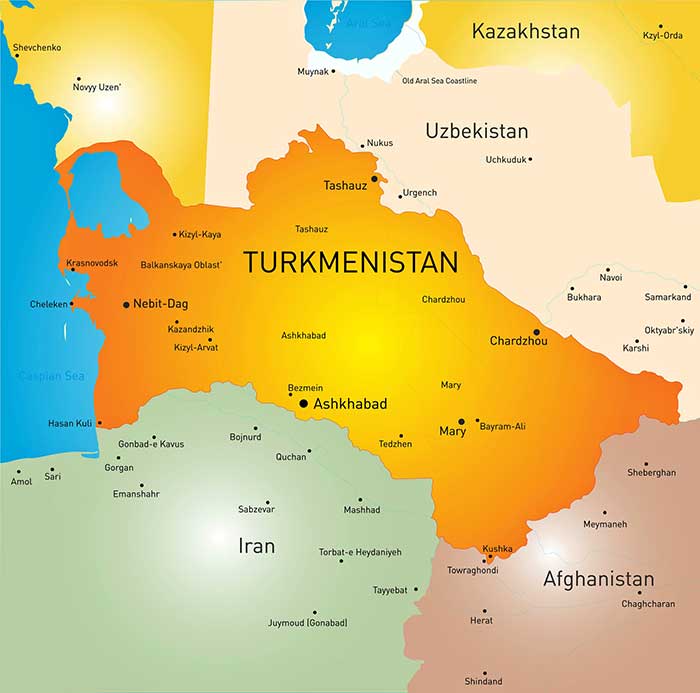Turkmenistan ATM Network and Bank Card Usage On The Rise
Investment opportunities exist where trade capital is accessible
A marker as to how local economies are developing and opening up is the use of individual bank cards and the corresponding ATM network. In this regard, Turkmenistan is an emerging market, albeit still with some way to go.
Turkmenistan has a population of 6 million, however according to the Central Bank of Turkmenistan, the number of issued bank cards used had exceeded 4 million as of late 2020. That figure can be expected to have risen still further by now, possibly reaching population parity. That is still 50% of the cards held by Turkish nationals, who average two per head of population.
However, the issuing of bank cards is one matter, the ability to use them another. The Central Bank has just announced that as of October 2022, the number of ATMs in Turkmenistan has reached 2,148. That may not be many, however that figure has doubled since 2016 – slow progress, but noticeable in a country known for its ambivalence towards the outside world.
However, Turkmenistan is starting to play catch up – a Caspian Sea nation, it has taken on a greater geographical importance as part of the INSTC and Middle Corridors, with transport infrastructure assisting the movement of goods from Europe into Central Asia, as well as from Central Asian markets in lucrative Uzbekistan to the Middle East, India and South Asia. Chinese investors for example have already highlighted Turkmenistan as a transport and logistics hub.
Where trade flows, money goes, and according to the bank, the largest number of ATMs are the Turkmen capital city, Ashgabat with 454 ATMs, as well as in Turkmenistan’s Mary (446) and Lebap (441) regions – not coincidentally along the modern silk road trade routes. Both Mary and Lebap are key trade hubs on the route from Ashgabat to Uzbekistan and Afghanistan – it is significant that these hubs lie to the east rather than the European facing, western coast of the country.

At present, Turkmenistan uses its own Central Bank payment systems network, however Visa, Mastercard and Russia’s MIR systems are all connected. China’s Union Pay is currently not operational in the country however it can only be a matter of time before this changes.
ATMs are operated by Turkmen banks, with the Dayhanbank State Commercial Bank possessing the largest number of ATMs (1,027), followed by the Turkmenistan State Commercial Bank (437) and the Turkmenbashi Joint-Stock Commercial Bank (357) – the latter of which is perhaps a sign of things to come. Turkmenbashi is the country’s major Caspian Sea port, where shipments enter and exit Turkmenistan en route to either Russia, Turkiye and Europe, or south to Iran, and markets in the Middle East and South Asia. Investing in emerging markets such as Turkmenistan always means following the money flows – examining ATM networks is a simple way to spot where regional trade capital is flowing.
Related Reading





